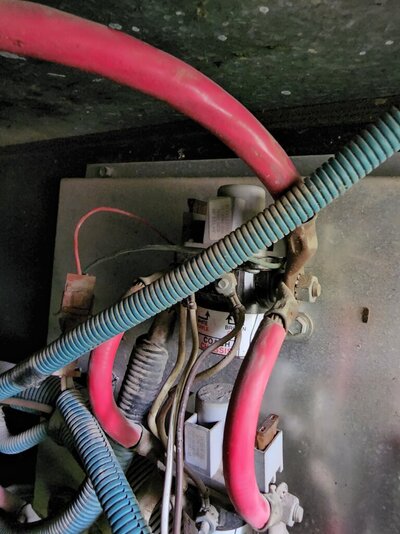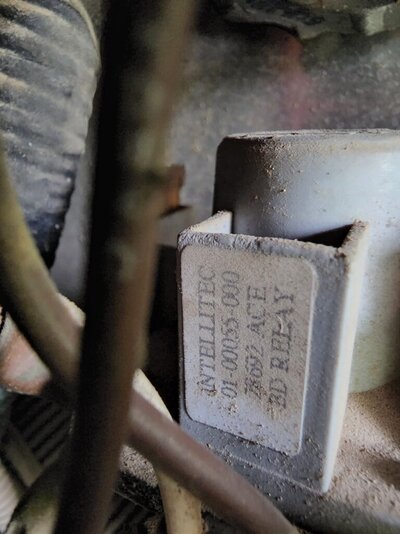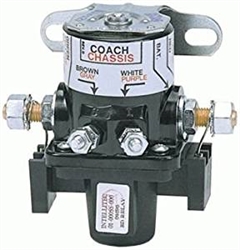93 Holiday Rambler Class A
Symptom: Everything including DC turns off when generator turns off.
Batteries have 9.5v and therefore dead.
See attached images...
Power coming in to these (relays?) is 13v, the output is 9.5.
My questions have to do with can these be reset or should they be replaced? All four 5amp fuses test good for continuity.
If replace, what modern setup will work?
Thanks in advance for your help.
Symptom: Everything including DC turns off when generator turns off.
Batteries have 9.5v and therefore dead.
See attached images...
Power coming in to these (relays?) is 13v, the output is 9.5.
My questions have to do with can these be reset or should they be replaced? All four 5amp fuses test good for continuity.
If replace, what modern setup will work?
Thanks in advance for your help.



